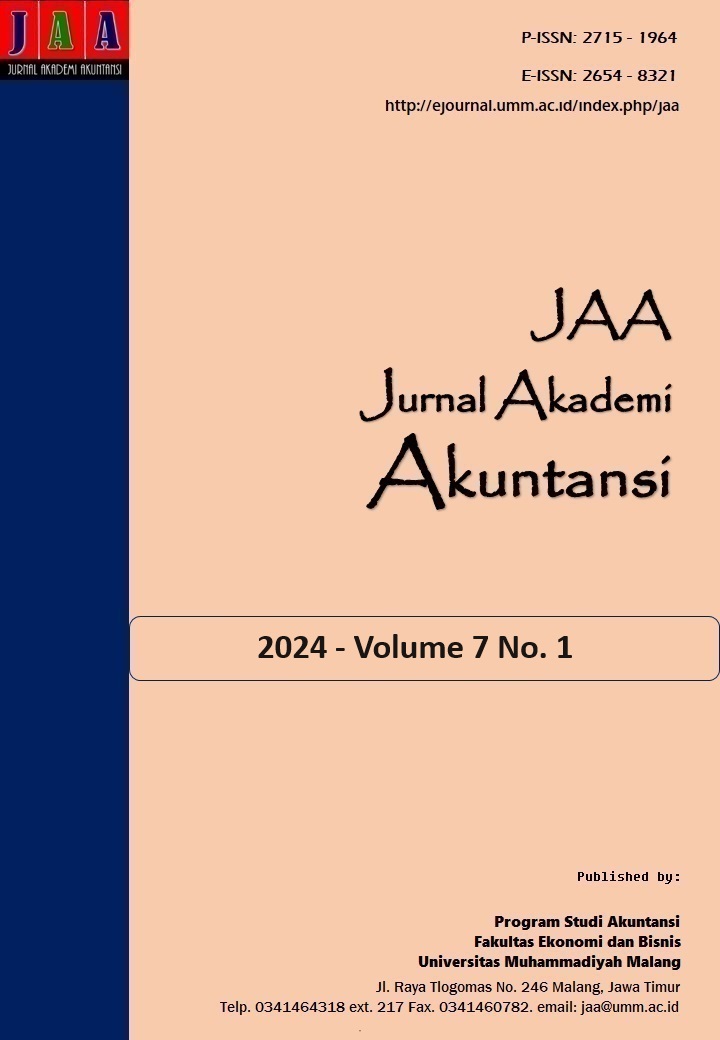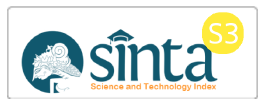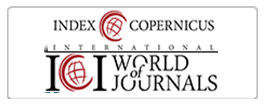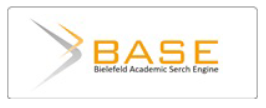Fungsi Idarah dan Akuntabilitas Pelaporan Keuangan Masjid
DOI:
https://doi.org/10.22219/jaa.v7i1.30234Keywords:
Financial Reporting Accountability, Idarah Function, Mosque, StakeholdersAbstract
Purpose: This study seeks to achieve three main objectives: (1) discern the actuality of mosque financial reporting; (2) assess stakeholder expectations concerning mosque activities; and (3) evaluate the variance in expectations among stakeholders regarding the reality of mosque financial reporting accountability.
Methodology/Approach: The research employs a survey-based approach, utilizing a questionnaire for data collection. The population encompasses congregants, administrators, and supervisors located in the Pasar Rebo District of East Jakarta, including individuals associated with the Indonesian Mosque Council. Questionnaires were disseminated through both online channels using a Google form and through face-to-face interactions. Data were meticulously processed using SPSS 19, employing descriptive and inferential methods such as Analysis of Variance.
Findings: The study reveals that all mosques possess financial reports primarily intended for dissemination among the congregation, supervisors, administrators, and particularly, administrators themselves. Stakeholders exhibit a preference for the imarah function of mosques, coupled with a desire for more comprehensive mosque functions. Stakeholders anticipate activity reports, specifically in the form of an annually issued, printed document, submitted during management meetings. The ANOVA test indicates no significant disparities between expectations and the accessibility of financial reports.
Practical and Theoretical Contributions/Originality: This research augments existing literature by contributing insights from accountability surveys on mosque financial reporting, concentrating on the viewpoint of stakeholders within a specific geographical region. It extends beyond prior case-specific studies of mosques, enriching our comprehension of mosque financial reporting and accountability from a more comprehensive stakeholder standpoint.
Research Limitation: This study is limited within the constrained sample size and an uneven distribution of willing participants among mosques and respondents. The absence of assistance in completing the questionnaire via Google Form introduces the potential for misperceptions and interpretations of instrument items.
Downloads
References
Adil, M. A. M., Mohd-Sanusi, Z., Jaafar, N. A., Khalid, M. M., & Aziz, A. A. (2013). Financial management practices of mosques in Malaysia. Global Journal Al-Thaqafah, 3(1), 23–29. https://doi.org/10.7187/GJAT302013.03.01
Amarudin, A., & Sofiandri, A. (2018). Perancangan dan Implementasi Aplikasi Ikhtisar Kas Masjid Istiqomah Berbasis Desktop. Jurnal Tekno Kompak, 12(2), 51. https://doi.org/10.33365/jtk.v12i2.148
Ancok, D. (1989). “Validitas dan Reliabilitas Istrumen Penelitian” dalam Singarimbun, M. & Effendi (Eds.). Metode Penelitian Survai. Edisi Revisi. Jakarta: LP3ES.
Asdar, A., Ludigdo, U., & Widya P, Y. (2014). Phenomenological Study of Financial Accountability of Mosque. IOSR Journal of Economics and Finance, 5(4), 10–17. https://doi.org/10.9790/5933-0541017
Asmasari, W. D., & Kusumaningtias, R. (2019). Akuntabilitas Masjid Jami’ Baitul Muslimin. Jurnal Akuntansi Unesa, 8(1), 1–8.
Deegan, C. (2023). Financial Accounting Theory, 5th Edition. Cengage Learning Australia Pty Limited.
Direktur Jenderal Bimbingan Masyarakat Islam. (2014). Surat Keputusan Direktur Jenderal Bimbingan Masyarakat Islam No. DJ.II/802 Tahun 2014. Diakses melalui https://simas.kemenag.go.id/page/download/detail/5eebbb340678f pada tanggal 16 Maret 2021.
Ebrahim, A. (2016). The Many Faces of Nonprofit Accountability. In The Handbook of Nonprofit Leadership and Management (pp. 102–123). John Wiley & Sons, Inc. https://doi.org/10.1002/9781119176558.ch4
Gray, R., Adams, C., & Owen, D. (2014). Accountability, Social Responsibility and Sustainability: Accounting for Society and the Environment. Pearson Higher Ed.
Halim, A., & Kusufi, M. S. (2019). Akuntansi Sektor Publik. Jakarta: Salemba Empat.
Hentika, N. P. (2016). Menuju Restorasi Fungsi Masjid: Analisis Terhadap Handicap Internal Takmir Dalam Pengembangan Manajemen Masjid. Jurnal Manajemen Dakwah, 2(2), 161-177. https://doi.org/10.14421/jmd.2016.%x
Hussin, M. Y. M., Muhammad, F., Razak, A. A., Habidin, N. F., Mohamad, S. I. S. (2012). Eksplorasi Dana Kewangan Masjid di Negeri Perak. Prosiding PERKEM VII, Jilid 2, 1274 – 1286. http://www.ukm.my/fep/perkem/pdf/perkemVII/PKEM2012_4E3.pdf
Kementerian Agama. (2020). Data Masjid dan Mushala. Diakses melalui https://simas.kemenag.go.id/ pada tanggal 06 Maret 2021.
Lestari, R. M. E., Ilmiyono, A. F., Mahali D.A. (2019). Effect of Good Corporate Governance Practices Toward the Mosque Accounting Application Survey of Mosque in Bogor. Journal of Humanities and Social Studies, 3(2), 60-66. https://doi.org/10.33751/jhss.v3i2.1457
Lewis, M. K. (2006). Accountability and Islam. The Fourth International Conference on Accounting and Finance in Transition.
Masrek, M. N., Mohamed, I.S., Daud, N.M., Arshad, R., & Omar, N. (2014). Internal Financial Controls Practices of District Mosques in Central Region of Malaysia, International Journal of Trade, Economics and Finance, 5(3), 255–258. https://doi.org/10.7763/ijtef.2014.v5.380
Maulia, D.A., Baehaqi, A. (2021). Studi Literatur Riset Akuntansi dan Keuangan Masjid. Jurnal Akuntansi dan Governance, 1(2), 104-112. https://doi.org/10.24853/jago.1.2.104-112
Mohamed, I. S., Aziz, N. H. A., Masrek, M. N., & Daud, N. M. (2014). Mosque fund management: issues on accountability and internal controls. Procedia Social and Behavioral Sciences, 145, 189 – 194. https://doi.org/10.1016/j.sbspro.2014.06.026
Puspitasari, D. (2016). Fenomenology Praktik Akuntabilitas Masjid Al Munawaroh Dalam Perspektif Shari’ah Enterprise Theory. Prosiding Seminar Nasional & Call For Paper. https://jurnal.unmuhjember.ac.id/index.php/sncp/article/download/218/147
Rini. (2018). Pengelolaan Keuangan Masjid Di Jabodetabek. Jurnal Akuntansi dan Keuangan Islam, 6(2), 109-126. https://doi.org/10.35836/jakis.v6i2.1
Sari, M., Mintarti, S., & Fitria, Y. (2018). Akuntabilitas pengelolaan keuangan organisasi keagamaan. Kinerja, 15(2), 45-56. https://doi.org/10.30872/jkin.v15i2.4029
Syafe'i, M. (2016). Masjid dalam Prespektif Sejarah dan Hukum Islam. Diakses melalui http://file.upi.edu/Direktori/FPIPS/M_K_D_U/195504281988031-MAKHMUD_SYAFE'I/MASJID_DALAM_PRESPEKTIF_SEJARAH_DAN_HUKUM_ISLAM_(10_HALAMAN).pdf
World Population Review. (2020). Indonesia Population 2021. Diakses melalui https://worldpopulationreview.com/country-rankings/religion-by-country pada 6 Maret 2021.
Yasoa’, M. R., Ghazali, M. S., Alwi, M. A. M., Rahman, A. H. A., Abdullah, S. S., Abdullah, A. R., Ismail, M., & Yaacob, M. R. (2019). Fund Management – An Exploratory Case Study of Several Mosques in Kelantan. Research in World Economy, 10(2), 53-57. https://doi.org/10.5430/rwe.v10n2p53
Yuliarti, N. C. 2019. Akuntansi Masjid sebagai Solusi Transparansi dan Akuntabilitas Publik. Jurnal Penelitian Ipteks, 4(1), 13-21. https://doi.org/10.32528/ipteks.v4i1.2106
Downloads
Published
Issue
Section
License
Copyright (c) 2024 M. Nur Abdullah Birton, Juita Tanjung, Maryati, Rendi Emalia

This work is licensed under a Creative Commons Attribution-NonCommercial-ShareAlike 4.0 International License.
Jurnal Akademi Akuntansi is licensed under a Creative Commons Attribution-NonCommercial-ShareAlike 4.0 International License.
Authors who publish with this journal agree to the following terms:
- Authors retain copyright and grant the journal right of first publication with the work simultaneously licensed under a Creative Commons Attribution-NonCommercial-ShareAlike 4.0 International License that allows others to share the work with an acknowledgment of the work's authorship and initial publication in this journal.
- Authors are able to enter into separate, additional contractual arrangements for the non-exclusive distribution of the journal's published version of the work (e.g., post it to an institutional repository or publish it in a book), with an acknowledgment of its initial publication in this journal.
- Authors are permitted and encouraged to post their work online (e.g., in institutional repositories or on their website) prior to and during the submission process, as it can lead to productive exchanges, as well as earlier and greater citation of published work (See The Effect of Open Access).
Jurnal Akademi Akuntansi dilisensikan di bawah lisensi Creative Commons Attribution-NonCommercial-ShareAlike 4.0 International.
Penulis yang menerbitkan artikel di jurnal ini menyetujui ketentuan berikut:
- Penulis mempertahankan hak cipta dan memberikan hak jurnal atas publikasi pertama dengan karya yang secara serentak dilisensikan di bawah Lisensi Pengaitan Creative Commons yang memungkinkan orang lain untuk berbagi karya dengan pengakuan atas karya penulis dan publikasi awal dalam jurnal ini.
- Penulis dapat masuk ke dalam pengaturan kontrak tambahan yang terpisah untuk distribusi non-eksklusif versi karya jurnal yang diterbitkan (misalnya, mempostingnya ke repositori institusional atau mempublikasikannya dalam sebuah buku), dengan pengakuan publikasi awalnya di jurnal ini.
- Penulis diizinkan dan didorong untuk memposting pekerjaan mereka secara online (misalnya, di repositori institusional atau di situs web mereka) sebelum dan selama proses pengajuan, karena dapat mengarah pada pertukaran produktif, serta kutipan pekerjaan sebelumnya dan yang lebih besar (Lihat Pengaruh Akses Terbuka).
























